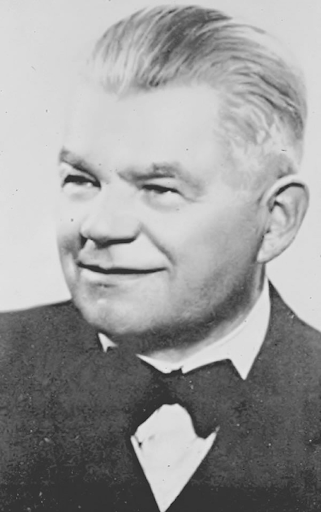Unitarian Universalism is a tradition with fewer rituals and regular liturgical elements than many other traditions, but we do have a few. The most common liturgical ritual for us is, of course, to light a chalice. This is a ritual element that began sometime in the 1970’s, as UU’s were inspired by the symbol that had been created originally for the Unitarian Service Committee.
Another ritual we observe each year is the water communion, usually in early September as we come together at the beginning of a new church year. And this coming Sunday, as we are coming to the end of this church year, we will observe the Flower Communion.
The word “communion” has the common meaning from the Christian tradition of the ritual of sharing consecrated bread and wine. I also love the dictionary definition of the word as the sharing or exchanging of intimate thoughts and feelings, especially when the exchange is on a mental or spiritual level.
I believe that that is what we are doing when we hold a communion, that we are exchanging thoughts and feelings at a spiritual level, through the sharing of a symbolic object. For the flower communion, that object is flowers, a perfect symbol for the unique beauty that each of us brings and how that beauty is increased by being together in community.
The Flower Communion is actually older than the water communion or the chalice lighting. It was first introduced to the Unitarian church in Prague in 1923 by their founding minister, Norbert Capek. The communion was brought to American Unitarian congregations in 1940 by Dr Capek’s wife, Maja, also an ordained minister. Maja Capek was in the US when WWII broke out, and was unable to return home to Prague. After the war, it was revealed that Norbert Capek had been killed in a Nazi concentration camp.

That history, of resistance to evil and of suffering, brings a poignancy to the flower communion. It is a celebration of beauty, of nature, and of community, but it is not without a certain fierceness. Holding fast to beauty and goodness, even when we also know that there is so much wrong in the world, is a form of fierce resistance. Like the flowers themselves, we continue to bloom.
So this Sunday, bring all that you are, all that you feel, and also a flower to share in our communion.
